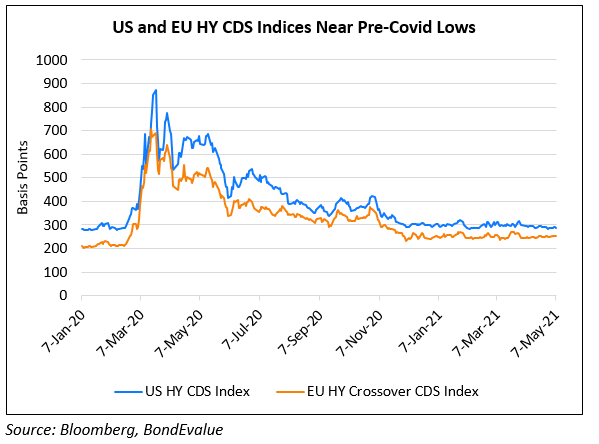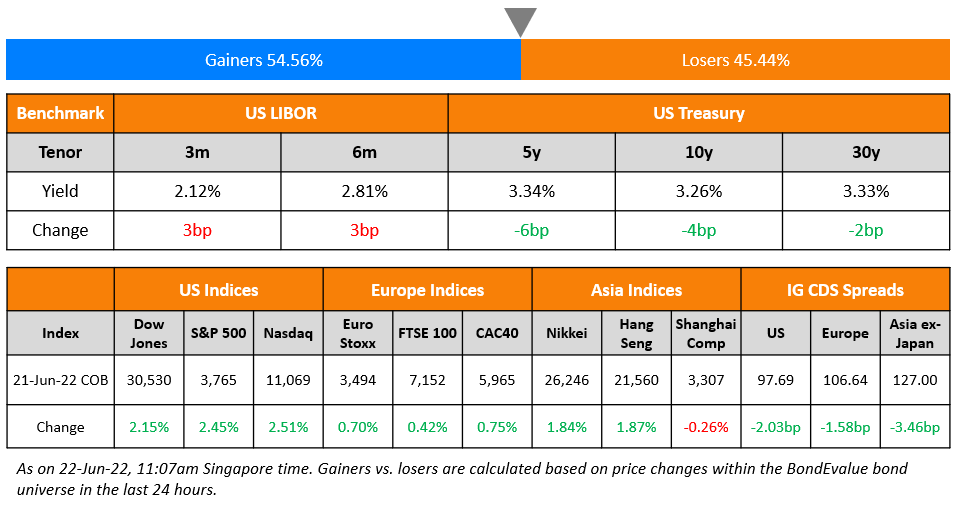This site uses cookies to provide you with a great user experience. By using BondbloX, you accept our use of cookies.
| | | | | | | | | | | | | | | | | | | | | | | | | | | | | | | | | | | | | | | | | | | | | | | | | | | | | | | | | | | | | | | | | | | | | | | | | | | | | | | | | | | | | | | | | | | | | | | | | | | | | | | | | | | | | | | | | | | | | | | | | | | | | | | | | | | | | | | | | | | | | | | | | | | | | | | | | | | | | | | | | | | | | | | | | | | | | | | | | | | | | | | | | | | | | | | | | | | | | | | | | | | | | | | | | | | | | | |
Bond Market News
Flexible SLBs Add to Investor Concerns Over ESG Bond Space
September 13, 2022

In an important update on the evolution of the ESG bond market, the sustainability-linked bond (SLB) space has recently witnessed noteworthy changes. By design, SLBs are bonds wherein the structure of the bond changes if the issuer fails to meet certain pre-defined sustainability-related targets (KPIs). The most common structural change is a coupon step-up, which essentially penalizes the issuer (and rewards the investor) for missing the KPIs. In the latest, some issuers are observed to have tweaked their bond documents so as to change their targets or KPIs without bondholders’ consent, as per Bloomberg. In such cases, it would become difficult to value SLBs as there is a certain level of issuer discretion involved in amending pre-defined targets. Arthur Krebbers, head of corporate climate and ESG capital markets at NatWest Markets says, “The current wording of these fallbacks gives a relatively high degree of discretion to the borrower”.
Examples of flexible SLBs include Accor SA’s bond where it can recalculate its ESG targets under various circumstances and states, “Any of these changes to the standards, guidelines or in the calculation methodology may not be in line with investors’ expectations. Such changes may have a negative effect on the market value of the bonds”. Others include Aeroporti di Roma SpA’s SLB which allows for “emissions redetermination”. Enel’s SLB has provisions for emergence of better ESG data and M&A impacts. Enel’s spokesperson said the flexibility is required since “business, ESG data quality and ESG strategies evolve continuously”. Enel’s 4.25% SLB due 2025 has not seen any major move in its prices so far due to the flexible caveats. ICMA, a major institution that provides guidelines for ESG debt markets has now urged issuers to explicitly communicate flexibility options in their targets, as per a June 2022 publication.
For the full story, click here
Go back to Latest bond Market News
Related Posts:








